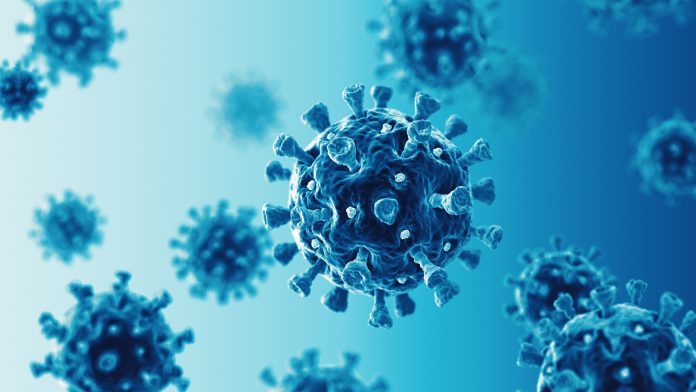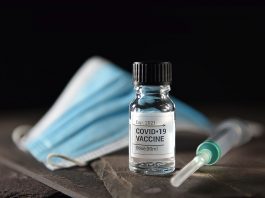A UK-based research team has conducted fragment screening of SARS-CoV-2 for the future development of antiviral therapeutics to treat those suffering from COVID-19.
A new paper published in Nature Communications identifies new ways of rapidly designing potent compounds to combat COVID-19. The work is the result of a colossal fragment screening effort to develop an antiviral targeting the SARS-CoV-2 main protease.
The project was led by Martin Walsh, Deputy Life Sciences Director at Diamond Light Source, Frank von Delft, Professor of Structural Chemical Biology at the University of Oxford and Principal Beamline Scientist of I04-1/XChem at Diamond, and Nir London, Assistant Professor at the Weizmann Institute Israel. The team combined mass spectrometry with the XChem facility at Diamond, the UK’s national synchrotron, to rapidly identify new lead compounds for drug development to treat COVID-19.
For this study, the team probed an essential enzyme of SARS-CoV-2 with over 1,250 unique small compound, termed fragments, and identified 74 high-value fragment hits which can be used to develop new inhibitors for this essential viral protein.
Walsh said: “We performed a large-scale screen of electrophile and non-covalent fragments through a combined mass spectrometry and X-ray approach against the SARS-CoV-2 main protease, one of two cysteine viral proteases essential for viral replication. Our crystallographic screen identified 74 hits that span the entire active site, as well as three hits at the dimer interface. These structures reveal routes to rapidly develop more potent inhibitors and offer unprecedented structural and reactivity information for ongoing structure-based drug design against SARS-CoV-2 main protease.”
The role of structural biology in therapeutics
Structural biology, which plays a key role in drug development, was also used after the 2002 SARS-CoV-1 outbreak, with work by the Hilgenfeld group on the main protease of coronaviruses leading to crystal structures of SARS-CoV-1 protease and inhibitor complexes. Other studies have taken the popular approach of high-throughput screens (HTS) using very large compound libraries, followed by structural studies to elucidate the binding mode.
SARS-CoV-2 is a single stranded RNA Betacoronavirus. The viral RNA encodes two open reading frames that, through ribosome frame-shifting, generates two polyproteins pp1a and pp1ab. These polyproteins produce most of the proteins of the replicase-transcriptase complex. The polyproteins are processed by two viral cysteine proteases: a Papain-like protease (PLpro) which cleaves three sites, releasing non-structural proteins nsp1-3 and a 3C-like protease, also referred to as the main protease (Mpro), that cleaves at 11 sites to release non-structural proteins (nsp4-16). These non-structural proteins form the replicase complex responsible for replication and transcription of the viral genome and have led to Mpro and PLPro being the primary targets for antiviral drug development.








